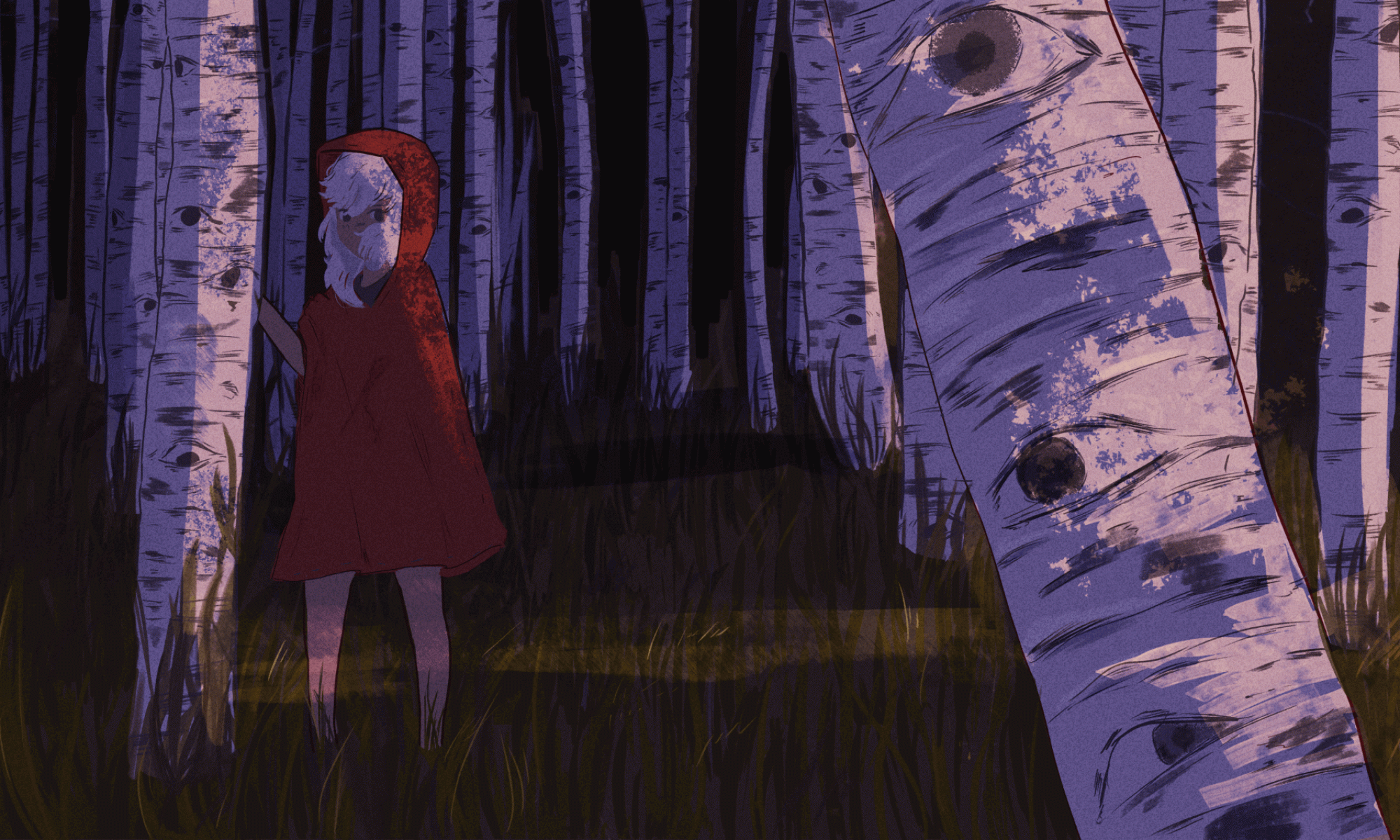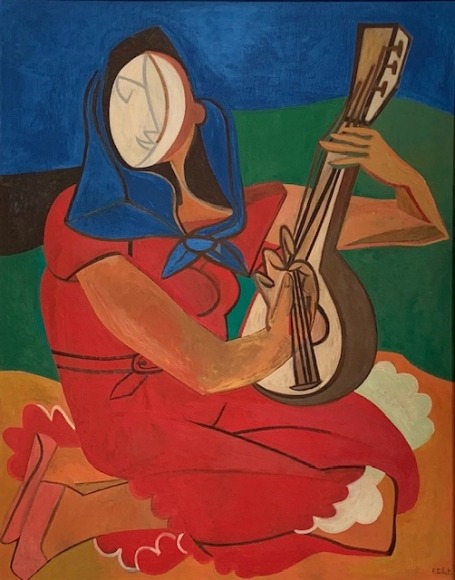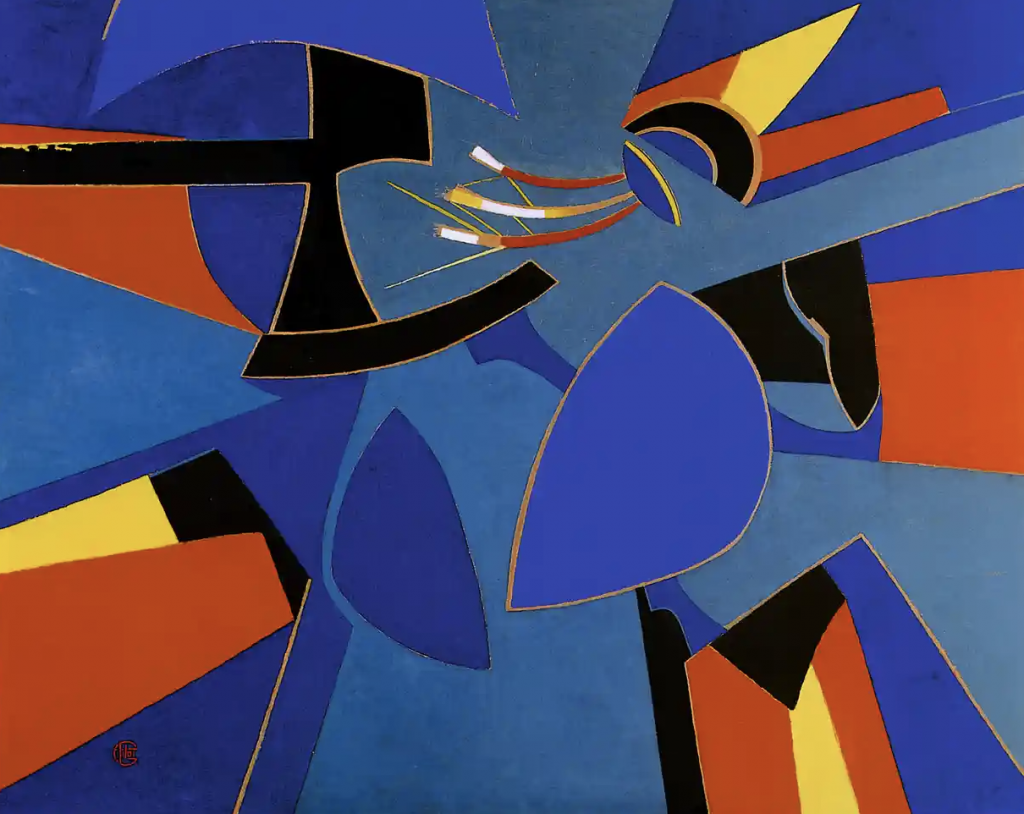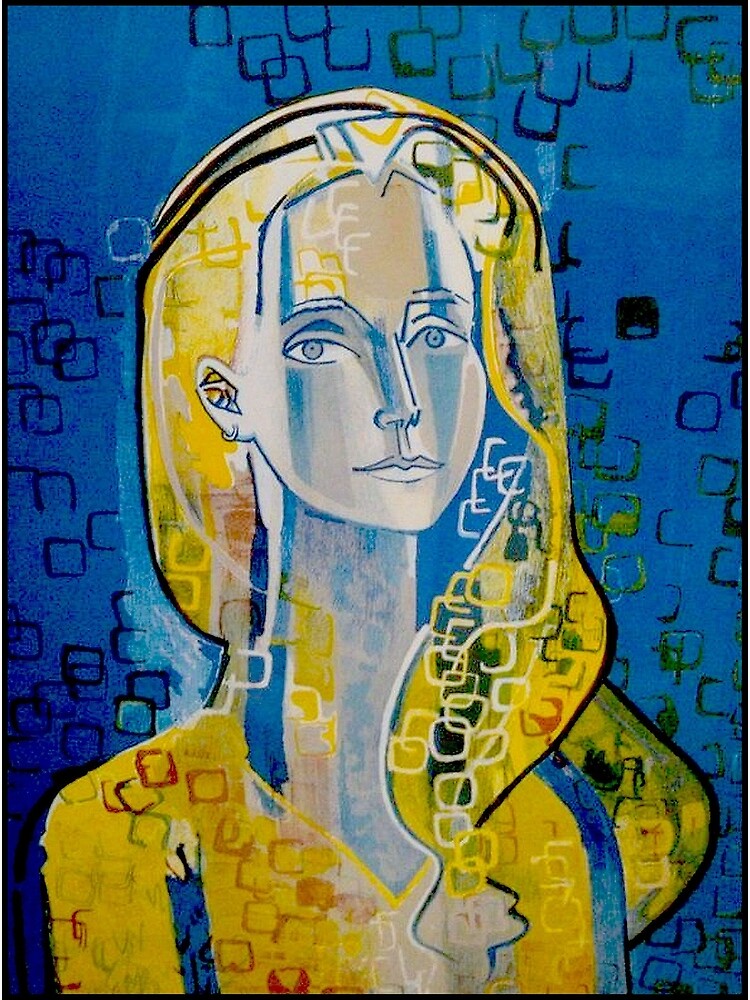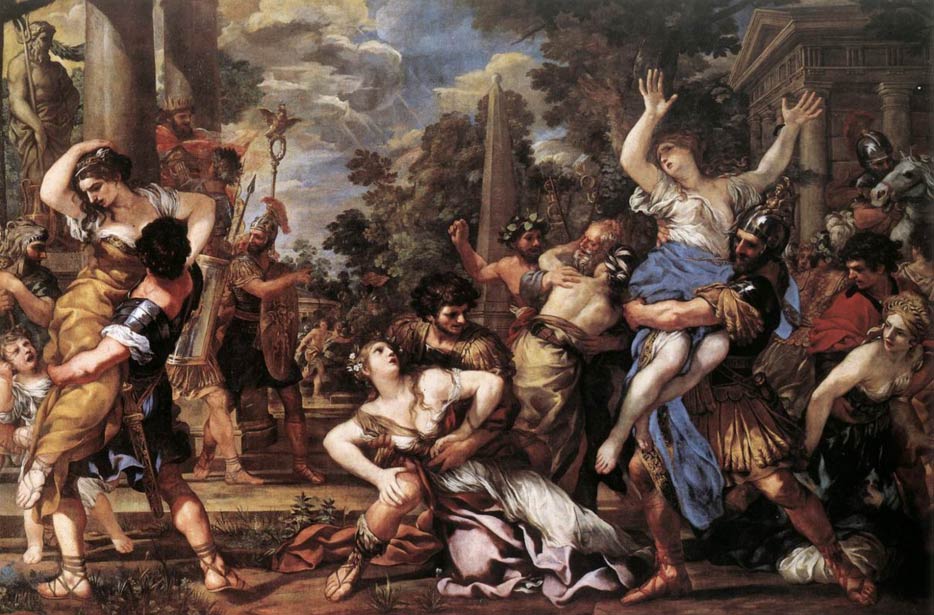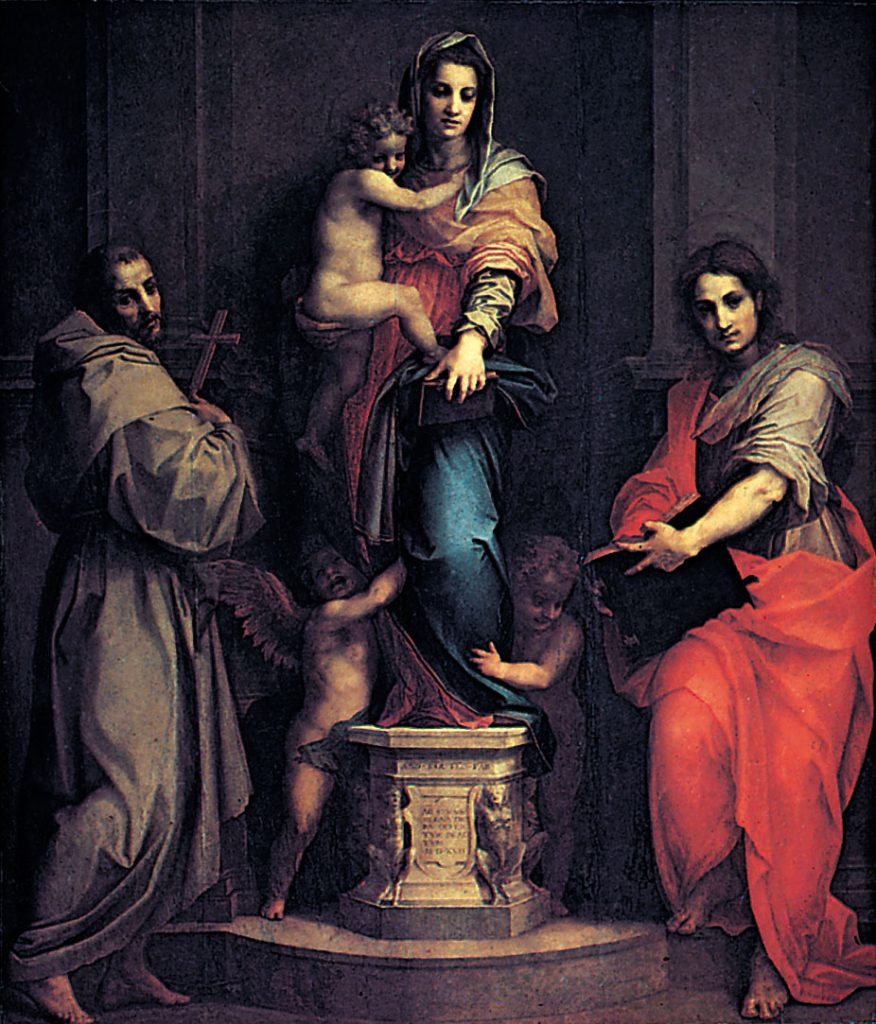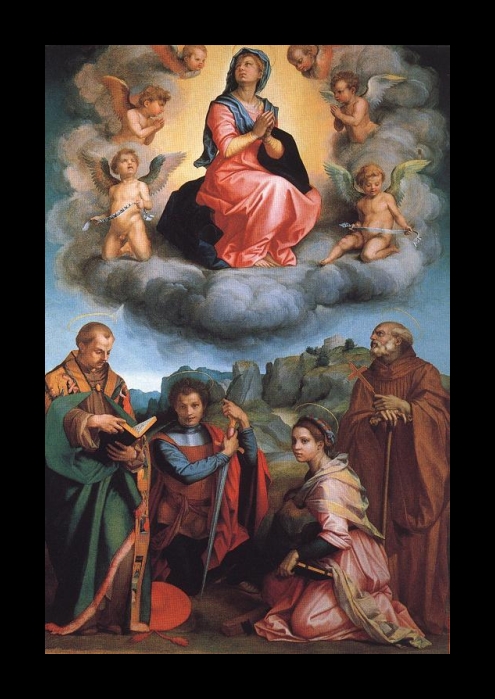Vanessa Stockard is a renowned contemporary Australian painter. She is known for whimsical and weird atmospheres paired with a mischievous levity in her work. Stockard was born in 1975 in a small town in Australia. She spent most of her childhood engaged in creative past times such as drawing and playing the piano. Both her mother and grandmother were painters and she commonly frequented art galleries. She graduated from the College of Fine Arts in Sydney in 1998 with a BFA. She then kicked off her career by exhibiting both locally and internationally. She has been described by her contemporaries and critics as one of the most dangerous artists in the Australian and international scene.
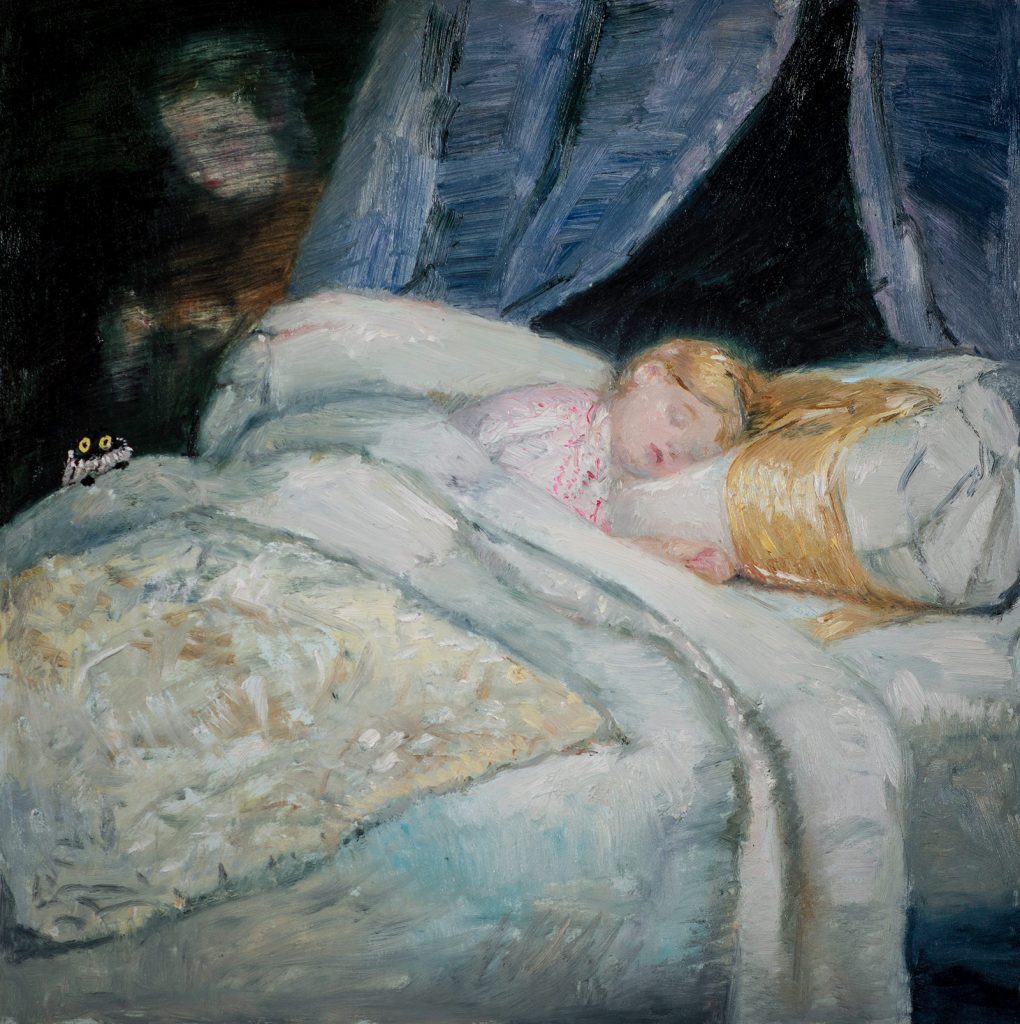
Stockard’s art is rife with colour and texture. Her paintings have a unique way of eliciting people’s emotions may they be unsettled or swooning from the cuteness. Stockard has been noted to say her art is mainly inspired by her slow country life. She really strikes a chord with her audience, drawing them into her weird but quiet world.
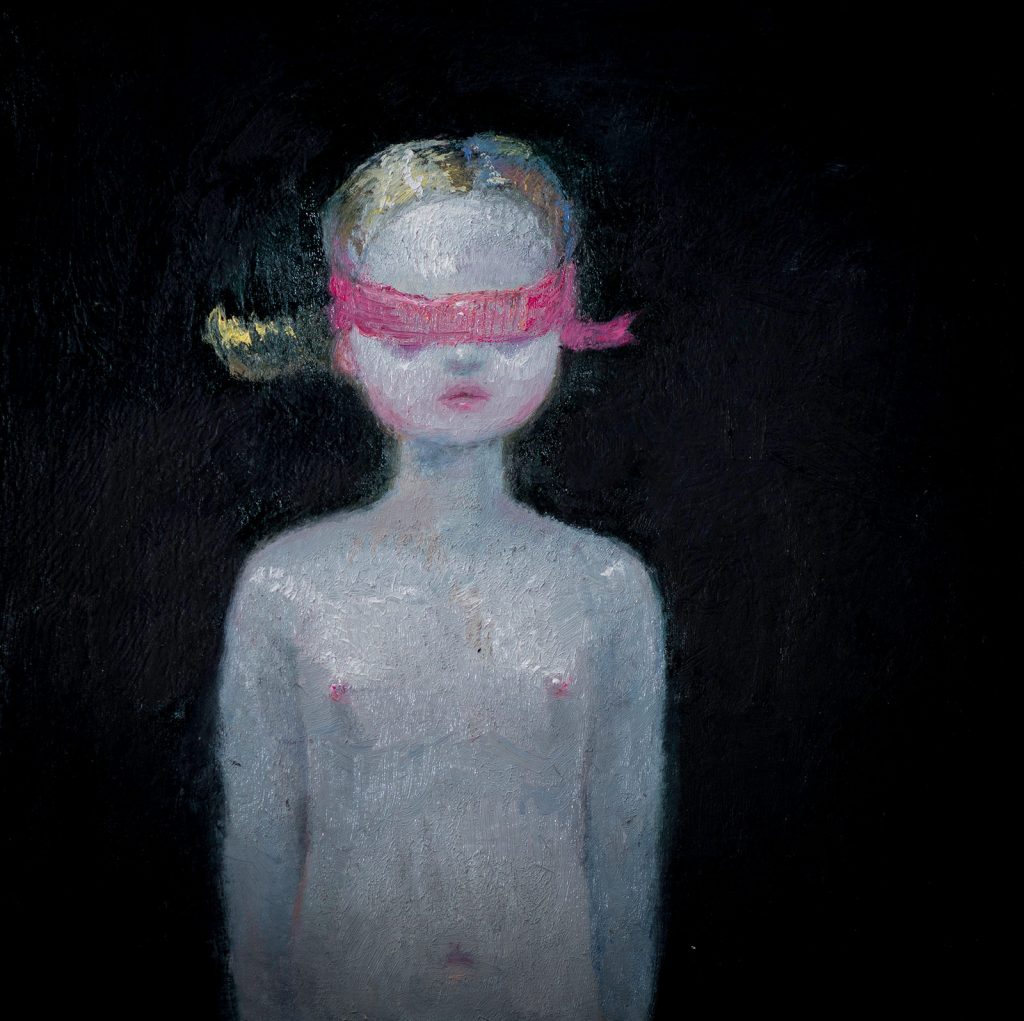
Stockard is most known for her reoccurring character she sneaks into her art, the cat Kevin! She grew up with a black cat and finds that cats are endlessly amusing. Kevin isn’t based on a real cat but instead one day she mistook a sock as a cat from a distance and that was the illogical inspiration for Kevin.
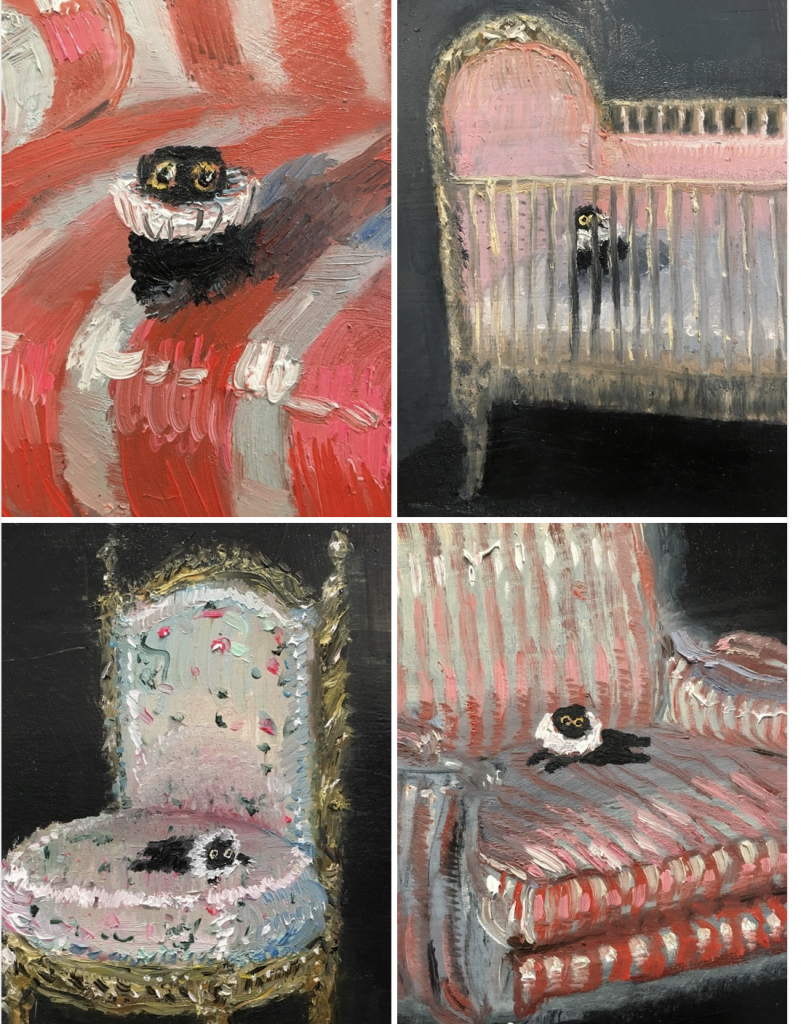

I personally really love Stockard’s entire line of work. My favourite works of hers is the Kevin series! I think Kevin captures the ethos of cats perfectly and his round, expressive eyes remind me of my cat. I think the fact that I saw her art passing by one day years ago and her work sticking with me this whole time is a testament to how charming and memorable her paintings are.
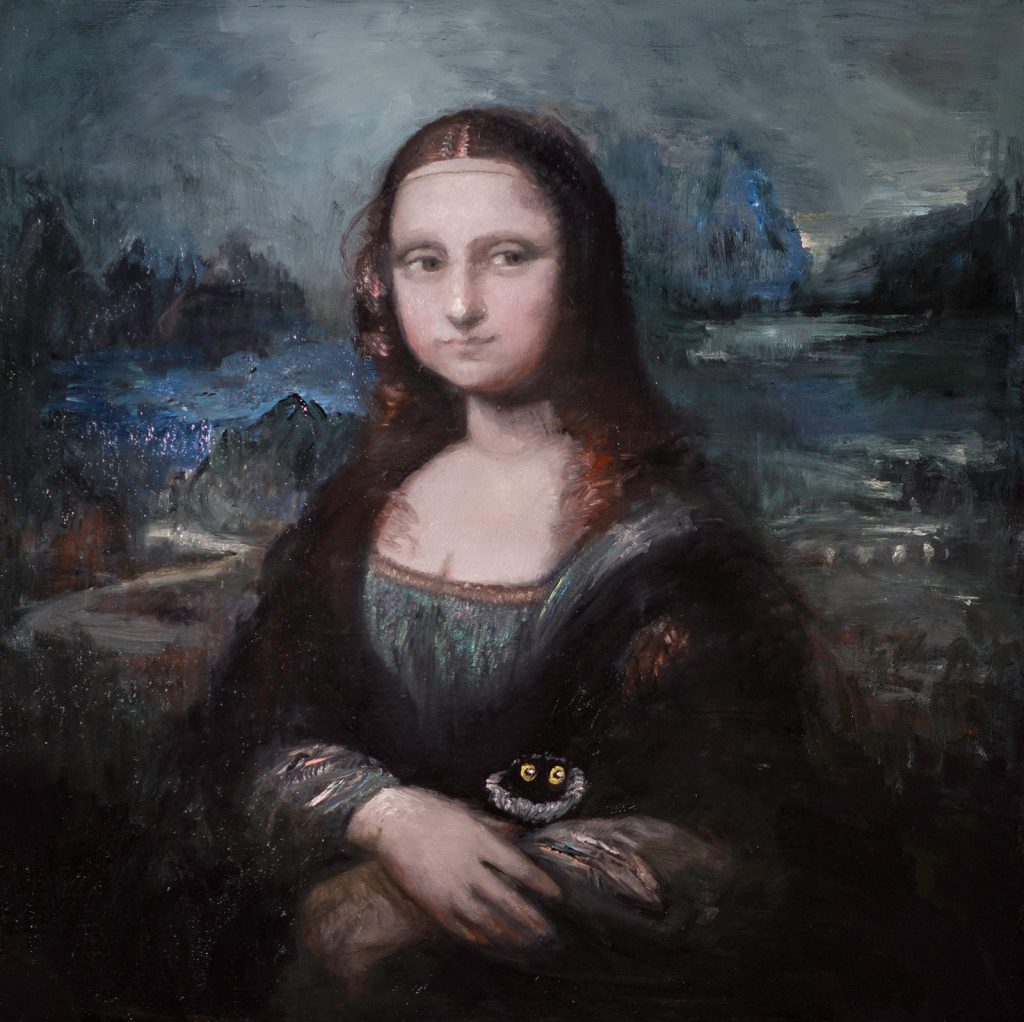
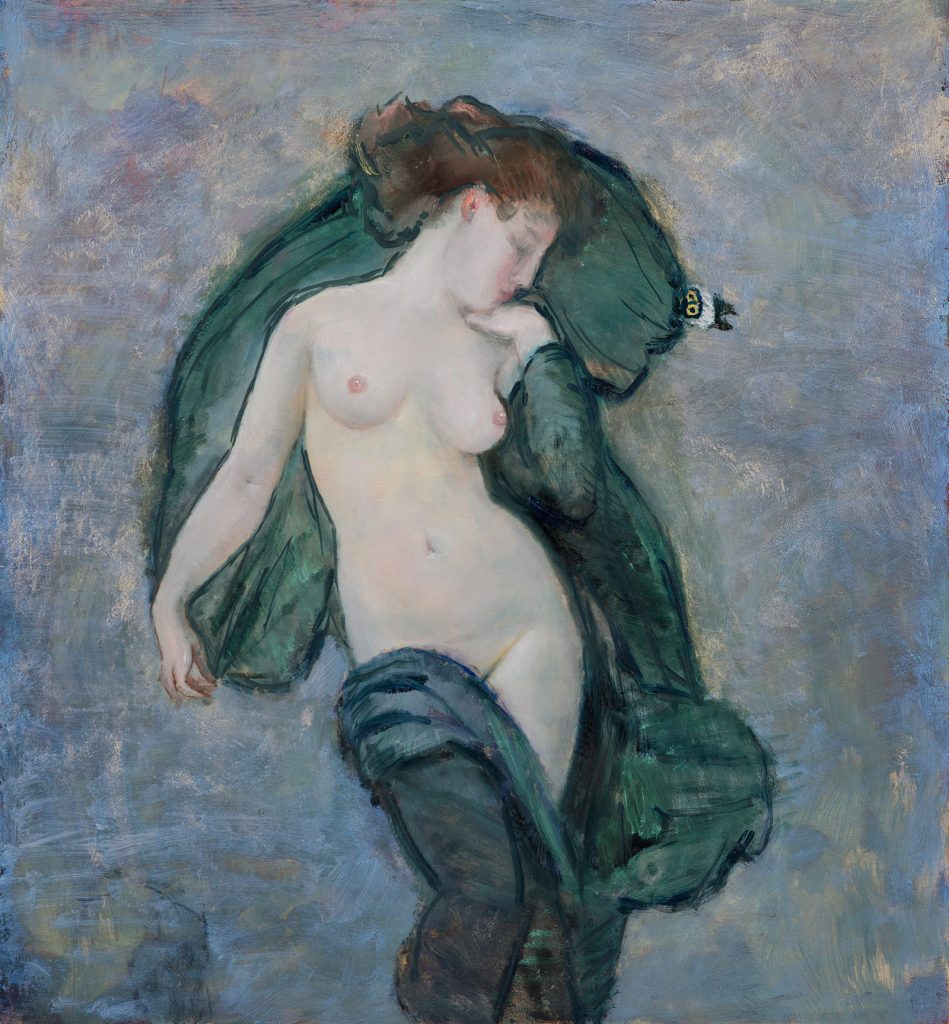
References
Kalvelytė, J. (2021, December 12). Vanessa Stockard: Metal magazine. English. Retrieved December 12, 2021, from https://www.metalmagazine.eu/en/post/interview/vanessa-stockard.
Vanessa Stockard. JEFA Gallery. (n.d.). Retrieved December 12, 2021, from https://www.jefagallery.com/artists/vanessa-stockard/.
